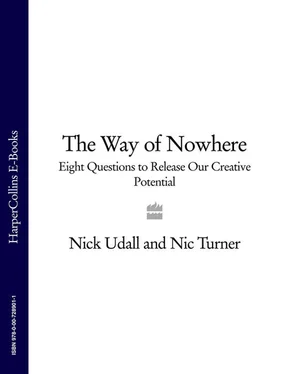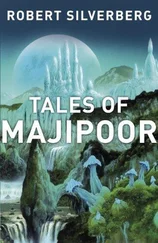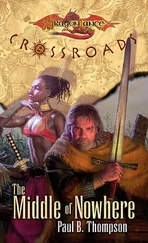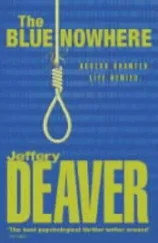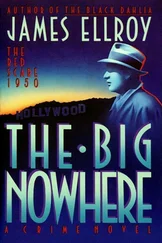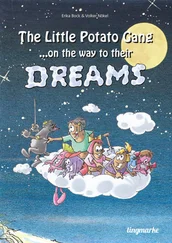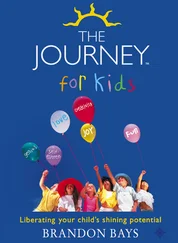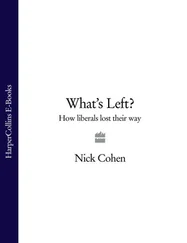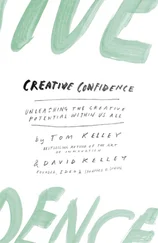Arguing for our limitations
Our beliefs about who we are and what we can do are tied into our early experiences of childhood and family. Some of them are self-limiting – ‘I can't sing’, ‘I am not creative’ – and they tend to persist. What would happen if we could break free from our self-limiting beliefs…? 3
Not accessing our highest potential
We access our highest potential when we use our creativity, our emotions, our intuition, our intellect and our physical capacity. Few of us use these innate capabilities to the full. No matter what the challenge, we tend to use the same ways of thinking and behaving to meet it. Most of us are one- or two-club golfers or one- or two-stroke swimmers. What could we achieve if we could access all of our capabilities…?
This is a book of practice. It maps out ways of helping individuals and organizations play a more creative role in society and simultaneously nurture their growth. It contains a collection of questions designed to help us all move into the unknown and transcend our limitations. It enables us to access our natural capabilities and release our unique gifts. And ultimately it reveals a systemic design that helps us to live in greater harmony with each other and with the planet.
It is about how each and every one of us can find our place – a place where we can connect with our own creative life force and weave it together with that of the people around us.
1Antonio Demasio, The Feeling of What Happens , Vintage, 2000
2As stated in a paper by Paul H. Ray, ‘The rise of integral culture’, Noetic Sciences Review 37, 4–15, 1996.
3Inspired by Richard Bach's Illuminations , Pan, 1978.
a book of breakthrough questions
This is a book of breakthrough questions .
Breakthrough questions are like keys to doors. Each door opens us up to a greater aspect of ourselves, making available a wider and deeper reservoir of internal and external resource. This expansion of resource, of heightened self-awareness and self-knowledge, is vital if we want to call forth our creative and collective potential.
Breakthrough questions lie at the heart of the Way of nowhere. They are essential for unlocking our personal creativity. For creativity rarely begins with an answer. As soon as we discover an answer, learning tends to slow down and curiosity diminishes. By reframing an initial insight, intuition or notion as a breakthrough question, we are able to trigger our curiosity. Curiosity creates vitality, and together they generate enough energy to start and sustain the creative process. 4
Breakthrough questions should therefore lead us into the unknown. They should create a sense of excitement, enthusiasm and momentum, yet at the same time generate a sense of trepidation and fear. They are designed to reveal their magic over time as we learn to ‘hold’ as opposed to answer them.
Like a Zen Kõan, 5 the challenge is to find a way of transcending our intellect,
allowing each breakthrough question to take us over, so we can learn to become the question. It is then, and only then, that we can break through the question. And it is in the moment of breakthrough that we see things we have never seen before, as if by magic … out of nowhere.
This book introduces eight breakthrough questions which are designed to reveal and unlock eight different doors to our creative potential. By working through these questions we can expand our consciousness, evoke our creativity and co-create our future.
Each chapter opens up a different question by offering pointers to insight. We have intentionally refrained from including our own answers to the questions. The insights we have gained and applied to date, on ourselves or with the organizations and communities with which we work, have been what we have needed to discover. You will need to find your own answers.
By holding these breakthrough questions, sometimes lightly and sometimes firmly, you will find they will begin to reveal their magic. Some will reveal themselves quickly, as you connect with those aspects of yourself that are already available to you as a resource. Some of the questions will be more difficult, as you discover aspects of yourself that are less accessible. The chapters that you find harder to engage with are likely to be the ones that will ultimately offer you the greatest movement forward in your quest to unlock your creative potential.
4Inspired by a lecture by Moishe Rubenstein entitled ‘The role of intuition in the creative process’, presented at the Second Annual Global Intuition Network Conference at York University, Toronto, Canada, 20–22 August 1992.
5Kõans are riddles used by Zen masters as a means of awakening, for example John Daido Loori, Two Arrows Meeting in Mid Air , Tuttle, 1994.
inspiring-innovation: a personal practice
We can learn to live and work at a higher order of consciousness. This higher order of thinking, learning and creating is necessary if we are to transcend our limitations, embrace our whole selves and contribute to the myriad of systems of which we are intimately woven.
For each of us to make our unique contribution to humanity and to our world, we must first discover our gifts and then find a means of skilfully returning them. Discovering and harnessing our uniqueness lies at the heart of playing a creative role in society. It is how we get to know ourselves and brings a deep sense of belonging, loyalty and pride.
As soon as we awaken to the possibility of our own uniqueness, we are faced with the question: How can I release my creative potential through the work that I do and the life that I lead…?
When I began to engage with this question, one of the first insights that I had was that it was not going to be either easy or fun if I tried to do it alone.
As in any partnership, Nick and I have many similarities and many differences. We are both committed to this question and to expressing our creativity through what we do. We have both dedicated our lives to experimenting with different practices, both ancient and modern, that may help us to achieve this more fully.
We are also very different. Nick is almost a generation younger and works much more quickly than I do. I tend to champion the purity of the practices and the wisdom traditions they come from; he wants to play irreverently with whatever works.
These differences manifest as creative and emotional tensions in our relationship. People are sometimes surprised at how we bicker, argue and disagree. They find it uncomfortable, as sometimes do we! But we always stay with it. There is always an unquestioning underlying trust and respect that enables us to eventually break through into new insights and innovations.
The book you now hold in your hands is one expression of this relationship. You can trace the breakthrough questions and the overall structure back to Zen influences – Nick's primary background. The medicine wheel, the allies and distortions come from Earth Wisdom, which has been a larger part of my own development and training.
This living practice has brought meaning and challenge into our lives. It heightens our awareness of those things that expand our creative potential while contracting those things that diminish it.
Please remember that if there are any bits in this book you really don't like, they probably came from the other Nick because he works more quickly!
co-creation
The Way of nowhereis based upon the philosophy of co-creation .
Co-creation is the creative interplay or interconnectedness of all things. It is also the name we give to the process of releasing the creative potential that exists within and between all things.
Читать дальше
